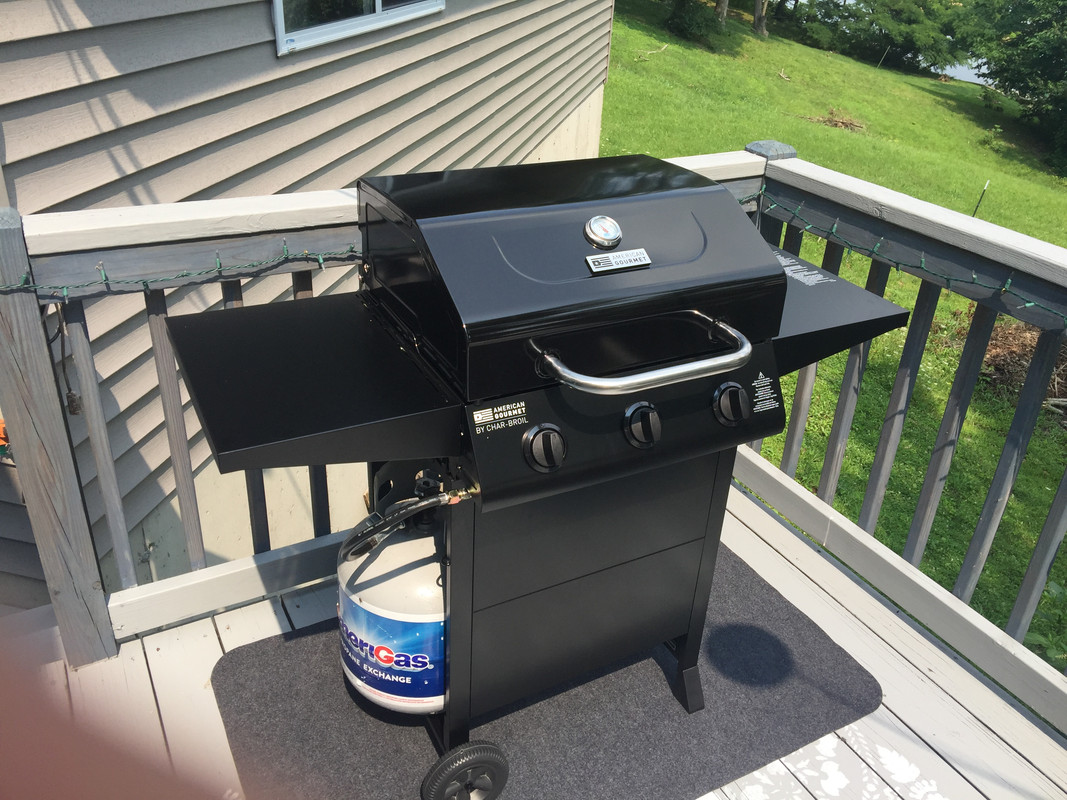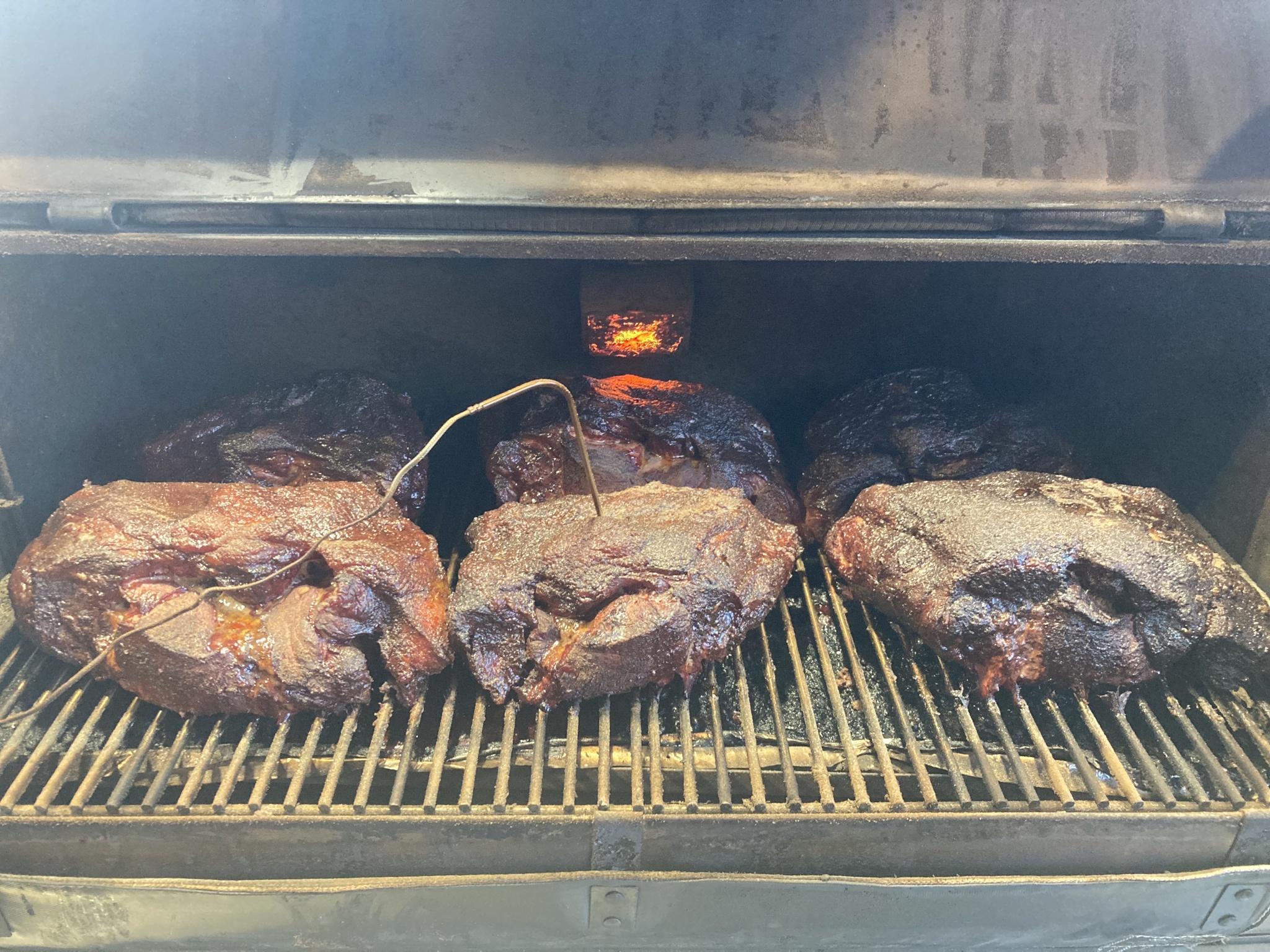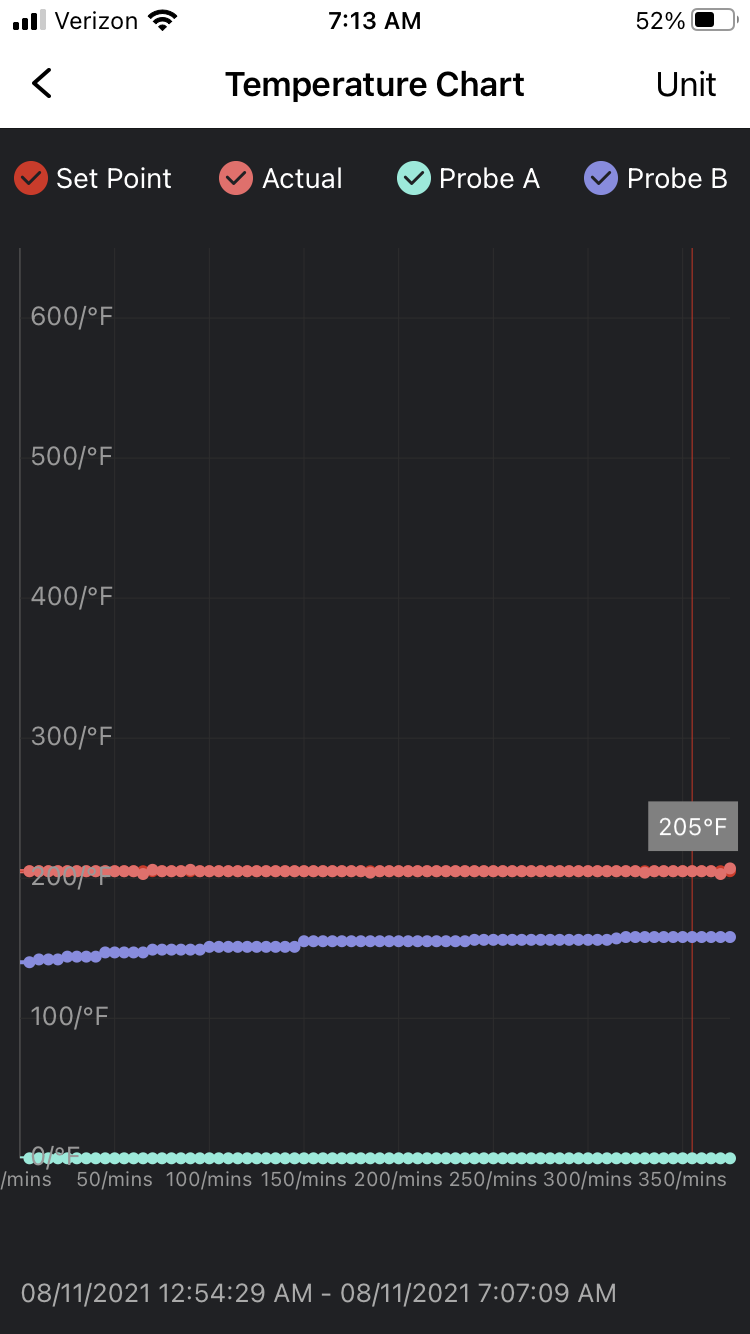It’s a Hobart Handler 140, which is about the most powerful 120V MIG welder around. That’s what I wanted as the garage at our last home did not have 240V in the garage. I bought it on sale at Tractor supply for less than $500. Regular price there is $550.
To move up from that requires going with 240V input power, which I could do now as I do have 240 in my new garage, but I have yet to come across any job that the Handler can’t handle. It might take multiple passes at thicknesses greater than 1/4”, but I’ve never needed to weld anything that thick. Although relatively inexpensive, this is a “real” welder and more capable than I am.
My big personal welding breakthrough was buying a shielding gas bottle from Airgas and setting up an account there. I’m using C25 (25% CO2, 75% Argon) and either Lincoln or Hobart wire. I started trying to learn using flux core wire. Flux core is ok strength wise, but makes some really messy welds.
It’s come in handy several times since I bought it. Had one of my side racks crack on the Suzuki Vstrom. Was a simple thing to weld it up better than original. This winter I welded a piece of 1” black steel pipe onto the bottom edge of my 54” snowblower so it wouldn’t dig up all the gravel in my driveway. And I would have never tackled this wheel upgrade project without the welder.






















































